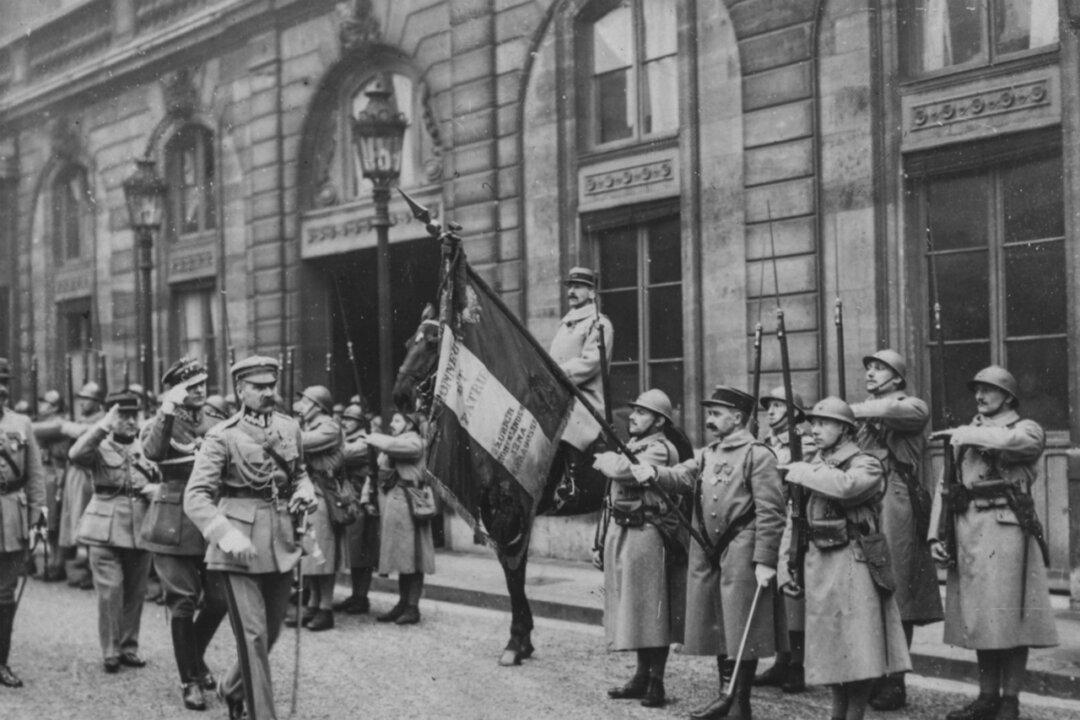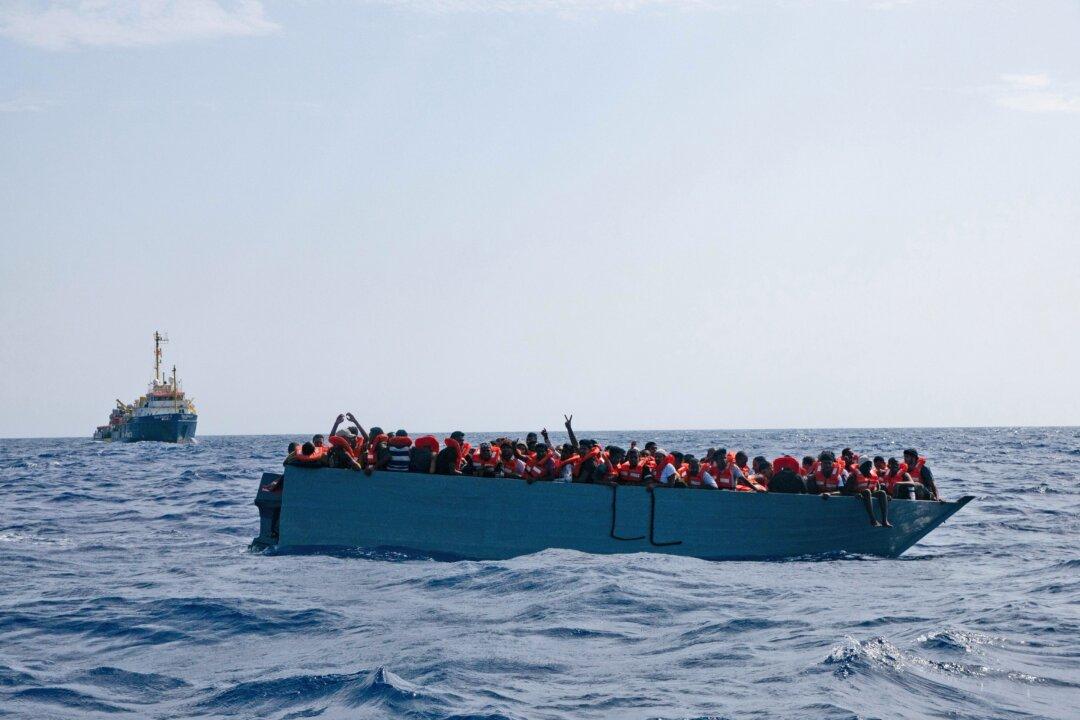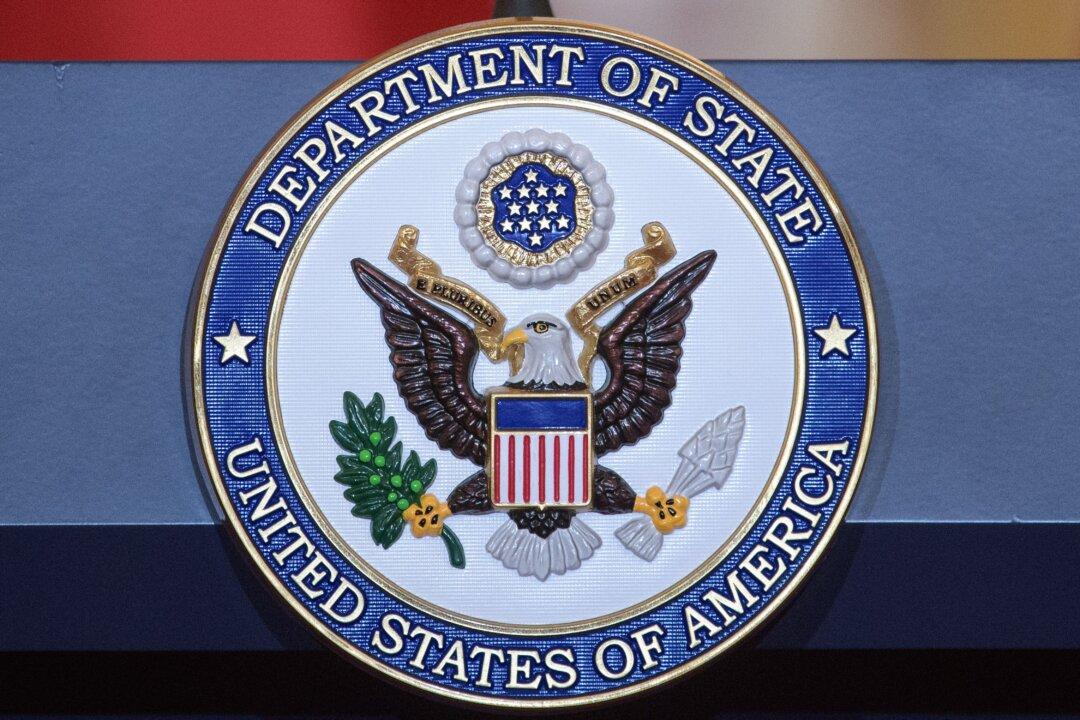August 15 this year marks the 100-year anniversary of the breakthrough made by the Poles in their fight against the Soviets that led to the Polish victory that stopped Soviet Russia from exporting the communist revolution to Eastern and Central Europe for the following 19 years. The decisive battle which began on Aug.12 in Warsaw, Poland, was lost by the Soviets who started the general retreat on Aug. 18.
Prof. Andrzej Nowak, a Polish historian, publicist, and a professor of humanities from Jagiellonian University in Cracow, Poland talked to The Epoch Times about the circumstances that led to the Polish victory in the Battle of Warsaw, the aftermath, the significance of this victory for Europe and the world. Prof. Nowak is author of more than 30 books including a book about Soviet-Polish war leading to the Battle of Warsaw The defeat of the evil empire. The year 1920 (in Polish, “Klęska imperium zła. Rok 1920”).





